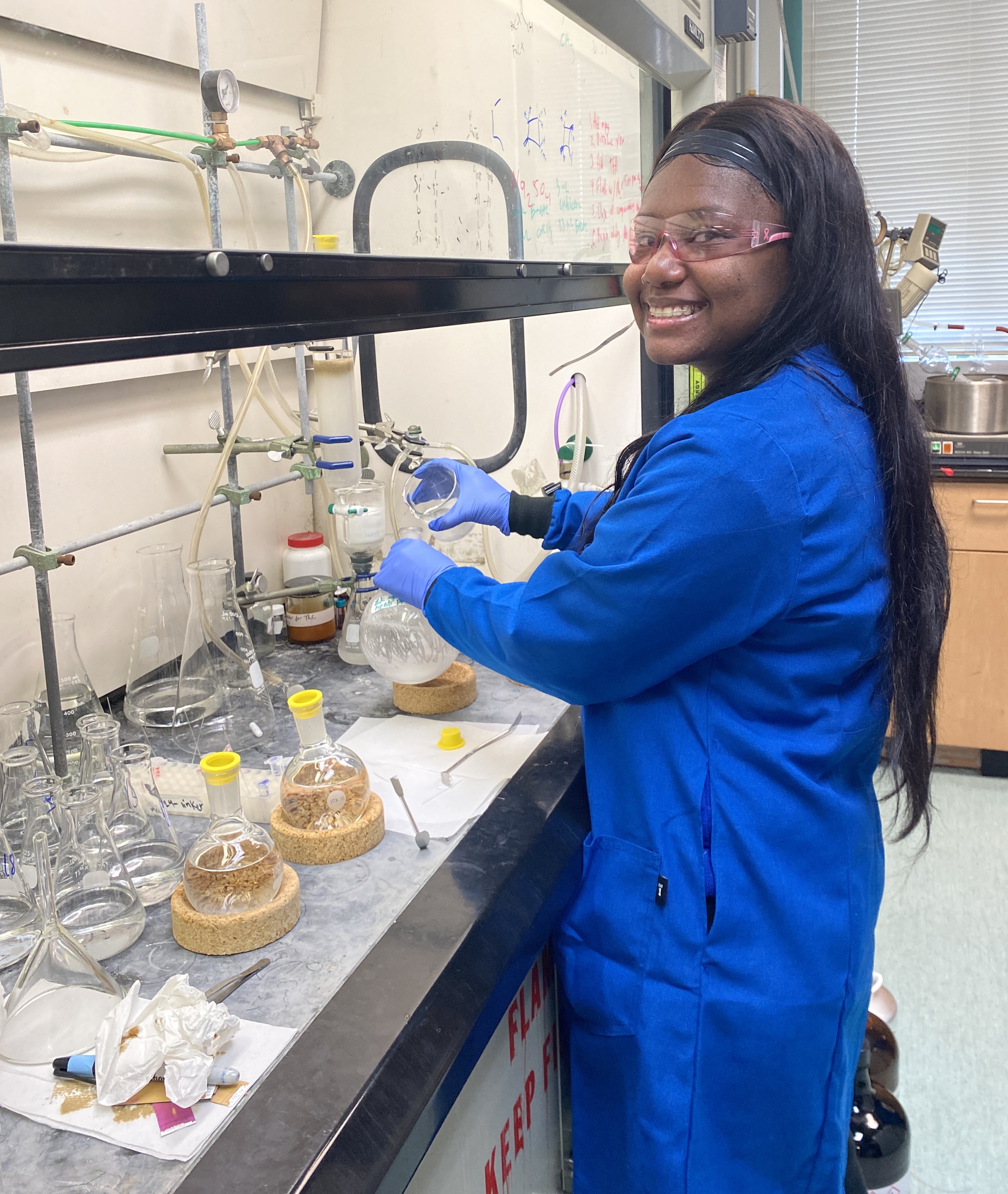
The most common diseases today are cancer, cardiovascular, HIV/AIDS, and Parkinson's. While there are a few treatments (chemotherapy, surgery, medicine, etc.) that can help ward off certain such illnesses, these treatments can also harm other body components. Previous studies show that creating nanoparticles could be able to help overcome the drawbacks of conventional drug administration by cell-specific targeting, molecular transport to particular organelles, and other techniques. Because human cells are negatively charged, nanoparticles with positively charged lipids are more likely to destroy a malignant tumor than those with neutral or negative charges. However, positive-charged nanoparticles are quickly detected in the body. We hypothesized that highly curved PEG-lipids could form ultra-small micelles for better penetration of nanoparticles into tumor tissue. In addition, because PEG can protect nanoparticles from the immune system, it can protect a nanoparticle with a positive charge. To form this cationic highly curved PEG-lipid, we initially synthesized a lipid building block. Next, we converted mPEG-OH to mPEG-NH2 to create branched PEG molecules, that we then attached to the lipid building block. Finally, we will uncover the cationic charge to create the final molecule (mPEG)2-(+)-DOB. This synthesis of the branched cationic PEG-lipid was accomplished using 2K mPEG.